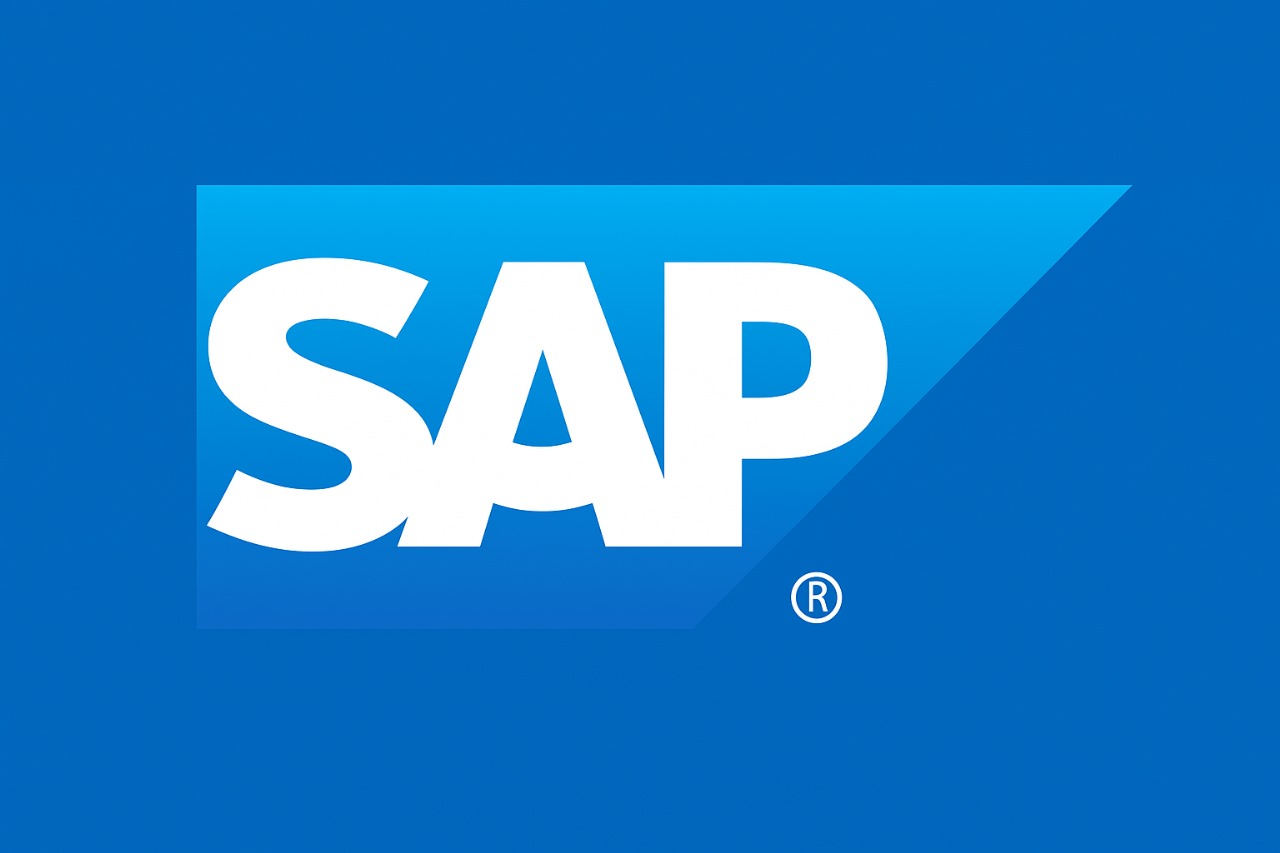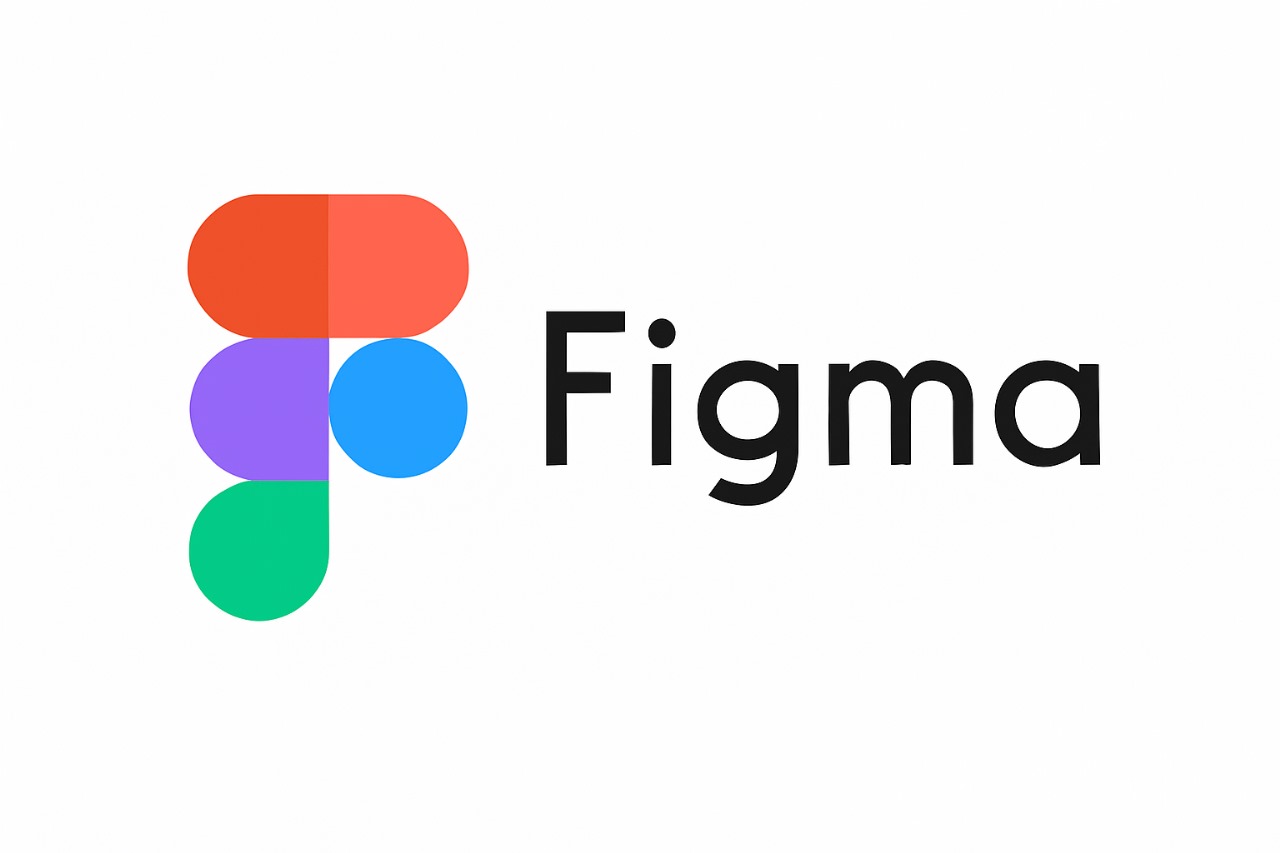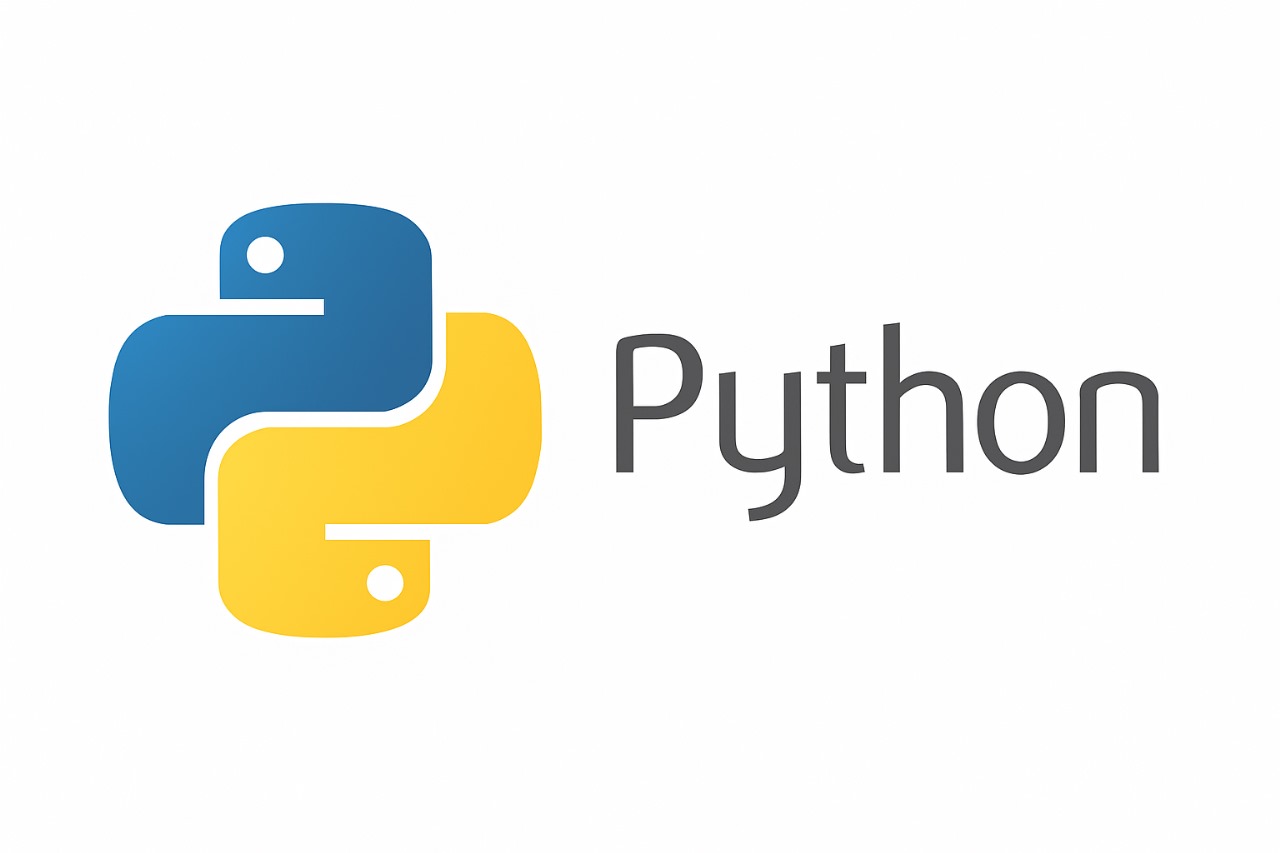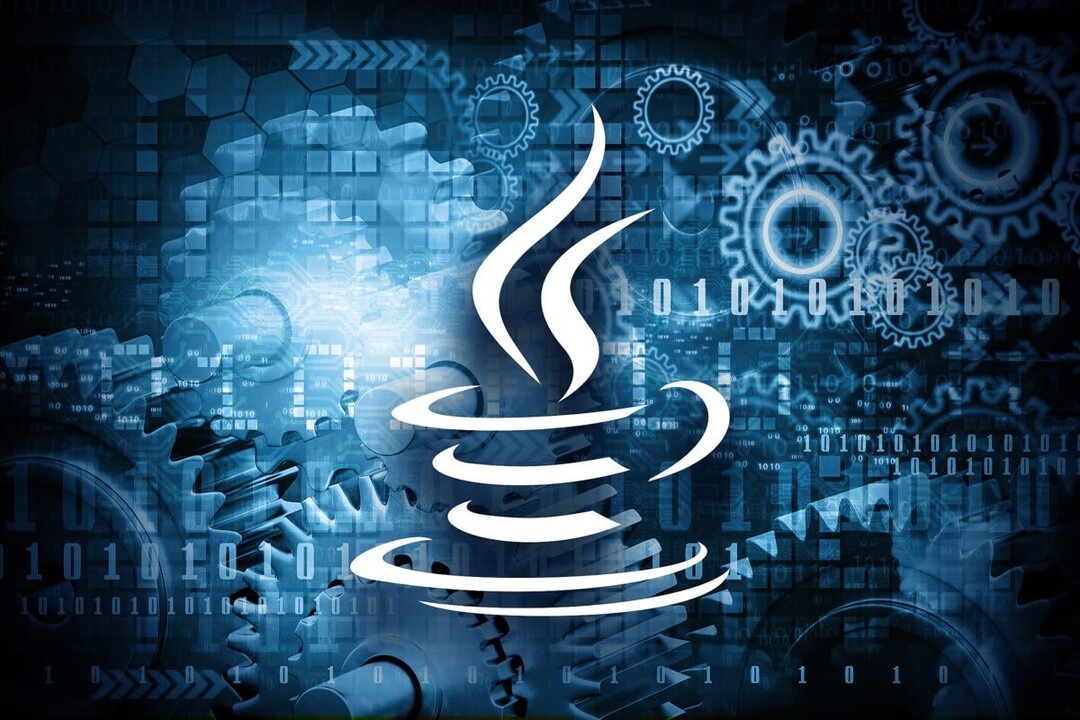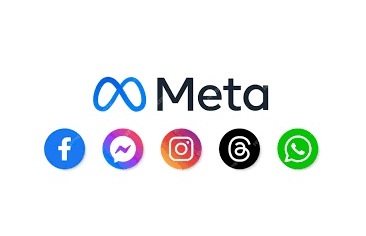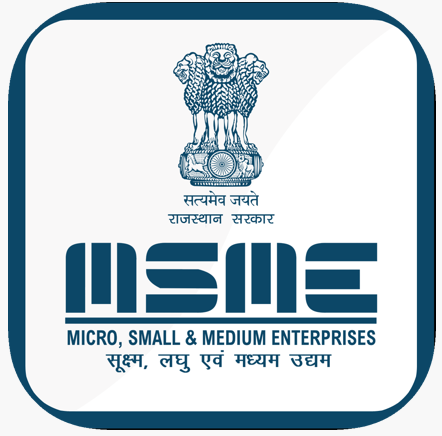AI and ML Training
🤖 Artificial Intelligence (AI) and Machine Learning (ML) Syllabus
📅 Duration: 16–24 Weeks (Approx. 4–6 Months)
🎯 Goal: Build a strong understanding of AI and ML concepts, tools, and real-world applications using Python.
📘 Module 1: Introduction to AI and ML (1 Week)
- What is Artificial Intelligence?
- Difference: AI vs ML vs DL vs Data Science
- History and Evolution of AI
- Applications of AI (Healthcare, Finance, Robotics, NLP)
- Types of AI: Narrow, General, Super
- Types of ML: Supervised, Unsupervised, Reinforcement Learning
- Tools & Languages: Python, Jupyter, Colab, Anaconda
🐍 Module 2: Python for AI & ML (2 Weeks)
- Python Basics: Syntax, variables, loops, functions
- Data Structures: Lists, Tuples, Dictionaries, Sets
- File handling
- NumPy for numerical computing
- Pandas for data manipulation
- Matplotlib and Seaborn for visualization
- Basic OOP in Python
📊 Module 3: Mathematics for AI/ML (2 Weeks)
- Linear Algebra: Vectors, Matrices, Matrix operations, Eigenvalues & Eigenvectors
- Calculus: Derivatives, Partial Derivatives, Gradient Descent
- Probability & Statistics:
- Bayes Theorem
- Probability distributions (Normal, Binomial, Poisson)
- Mean, Median, Variance, Standard Deviation
- Hypothesis testing and p-values
📁 Module 4: Data Preprocessing & EDA (1–2 Weeks)
- Data cleaning: handling missing values, duplicates
- Feature selection & engineering
- Outlier detection
- Scaling: Normalization, Standardization
- Encoding: One-hot, Label Encoding
- Train-test split, cross-validation
- Visualization techniques (pair plot, heatmaps, histograms)
🤖 Module 5: Machine Learning Algorithms (4 Weeks)
✅ Supervised Learning:
- Linear Regression (simple, multiple)
- Logistic Regression
- K-Nearest Neighbors (KNN)
- Decision Trees
- Random Forest
- Support Vector Machines (SVM)
- Naive Bayes
- Model Evaluation Metrics: Accuracy, Precision, Recall, F1-score, ROC-AUC, Confusion Matrix
✅ Unsupervised Learning:
- K-Means Clustering
- Hierarchical Clustering
- PCA (Principal Component Analysis)
- Anomaly Detection
🧠 Module 6: Deep Learning with Neural Networks (3–4 Weeks)
- What is Deep Learning?
- Artificial Neural Networks (ANN)
- Architecture: Input, Hidden, Output layers
- Activation functions: ReLU, Sigmoid, Softmax, Tanh
- Forward & Backpropagation
- Loss functions
- Gradient Descent optimization
- TensorFlow & Keras Introduction
- Model creation, compilation, training, and evaluation
- Saving and loading models
🖼️ Module 7: Advanced Deep Learning (2–3 Weeks)
- Convolutional Neural Networks (CNNs): Convolutions, Pooling, Filters
- Image classification with CNN
- Transfer learning
- Recurrent Neural Networks (RNNs), LSTM, GRU
- Sequence modeling, time-series data
- Autoencoders
- Hyperparameter Tuning: Grid Search, Random Search
- Early stopping, Dropout
📚 Module 8: Natural Language Processing (NLP) (2 Weeks)
- Text preprocessing: Tokenization, Stemming, Lemmatization
- Bag-of-Words, TF-IDF
- Sentiment Analysis
- Word Embeddings: Word2Vec, GloVe
- Sequence models for text (RNN, LSTM)
- Text generation using LSTM or transformers (intro only)
🧠 Module 9: Reinforcement Learning (1–2 Weeks)
- Introduction to RL
- Terminology: Agent, Environment, Actions, Rewards
- Q-learning
- Exploration vs Exploitation
- Markov Decision Process (MDP)
- Intro to Deep Q-Networks (DQN)
⚙️ Module 10: AI Tools & Frameworks
- Python Libraries: NumPy, Pandas, Scikit-learn, Matplotlib, Seaborn
- Deep Learning: TensorFlow, Keras, PyTorch (intro)
- Data Handling: OpenCV (vision), NLTK/SpaCy (NLP)
- Model Deployment Tools:
- Flask for serving models
- Streamlit for UI
- Google Colab / Jupyter for development
🚀 Module 11: Model Deployment & MLOps (1–2 Weeks)
- Saving and loading ML models (pickle, joblib)
- Creating REST APIs using Flask or FastAPI
- Streamlit for interactive dashboards
- Introduction to Docker & Git for version control
- Hosting models: Heroku, Render, Hugging Face
🎓 Module 12: Final Project (2–4 Weeks)
- Build and deploy an end-to-end AI/ML project using real-world datasets
- Example Projects:
- Movie Recommendation System
- Real Estate Price Predictor
- Fake News Detector (NLP)
- COVID-19 Detection from X-ray Images (CNN)
- Stock Price Prediction (Time-series)
- Chatbot (NLP + DL)
Include:
- Data collection & cleaning
- Model building & evaluation
- Deployment with user interface
- GitHub documentation
